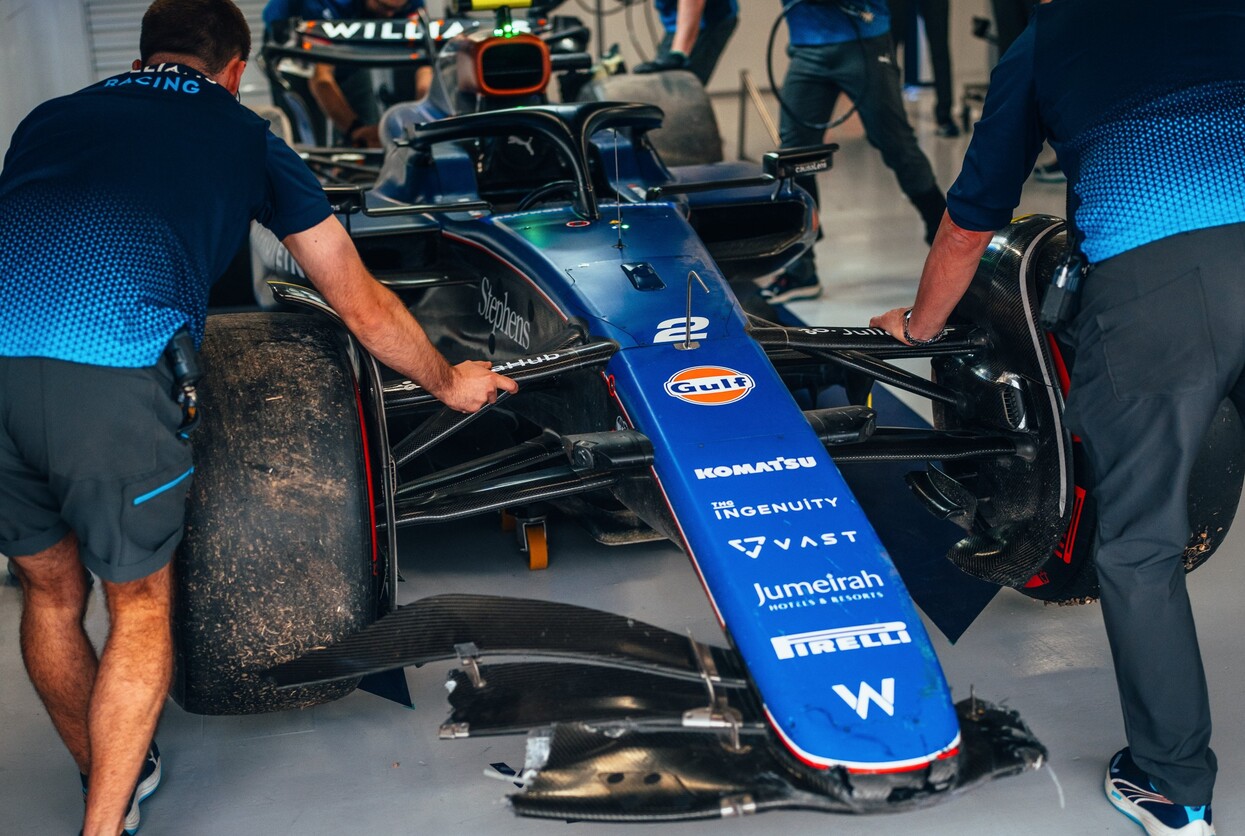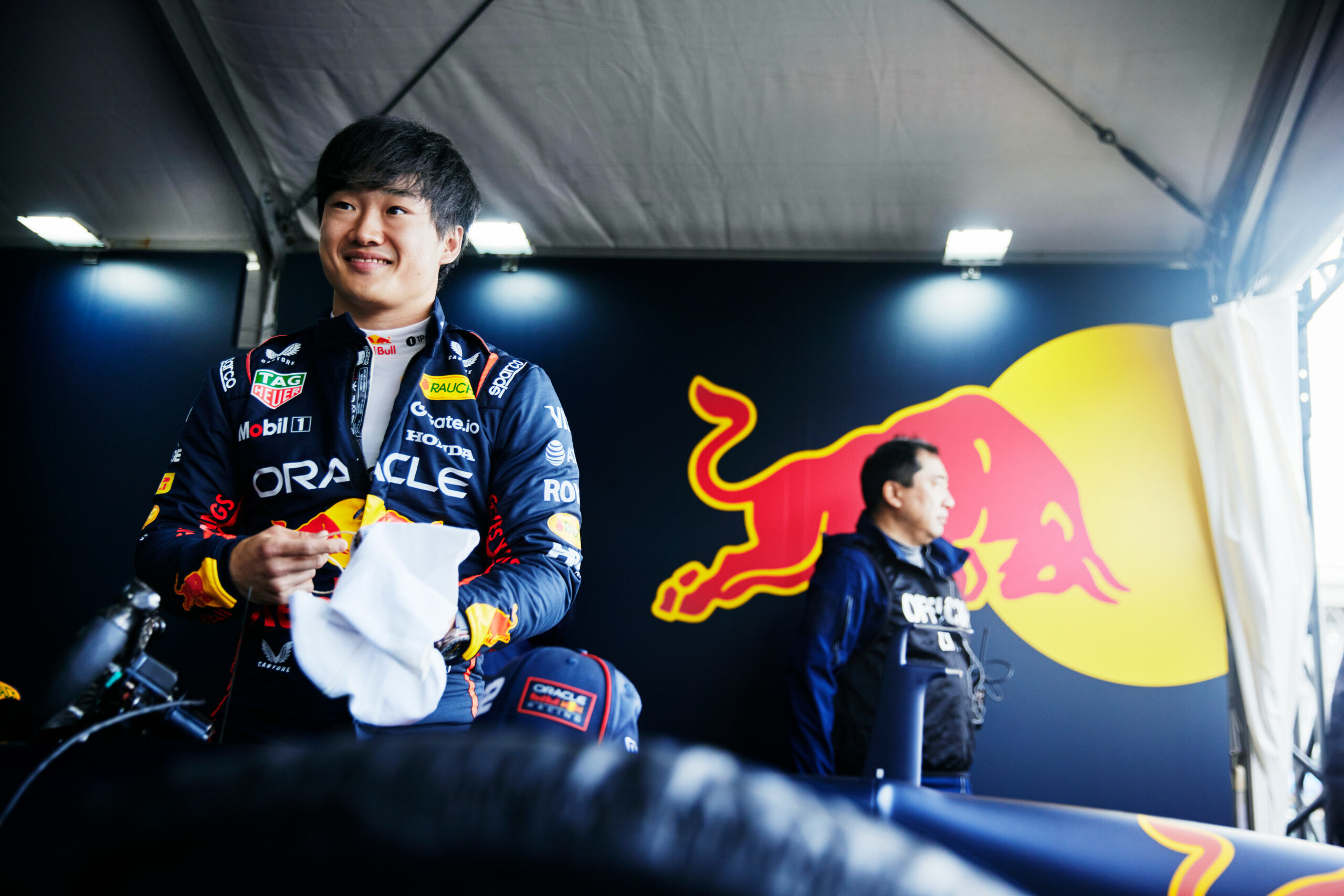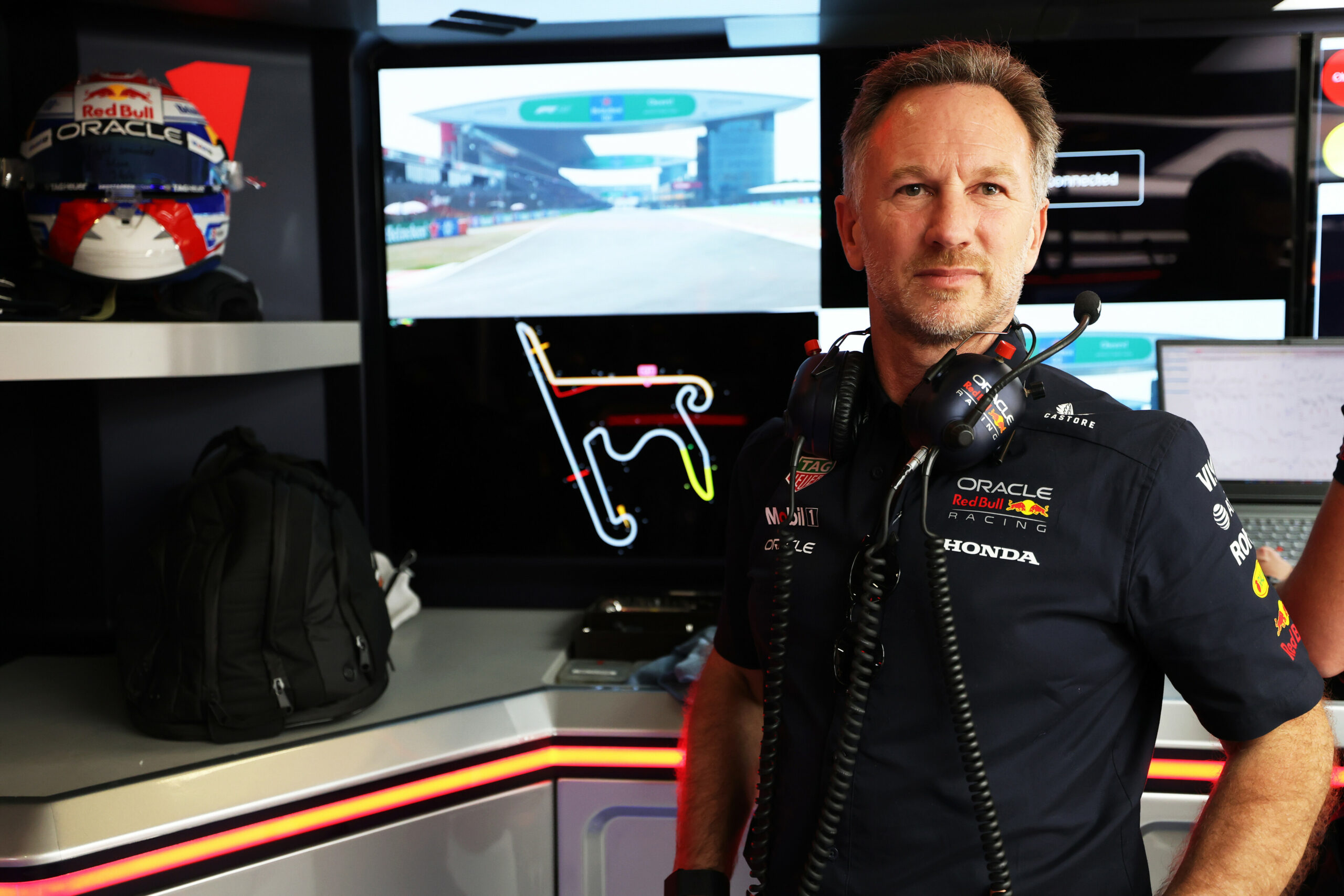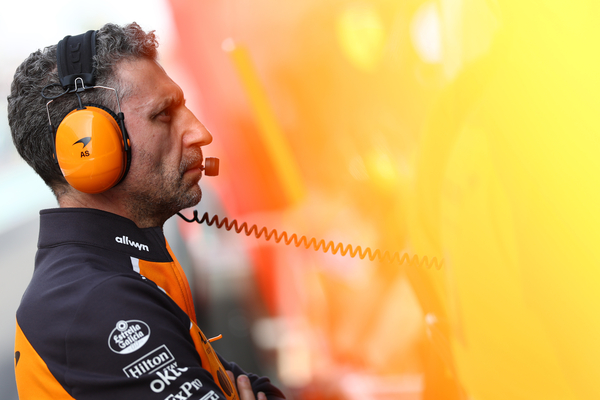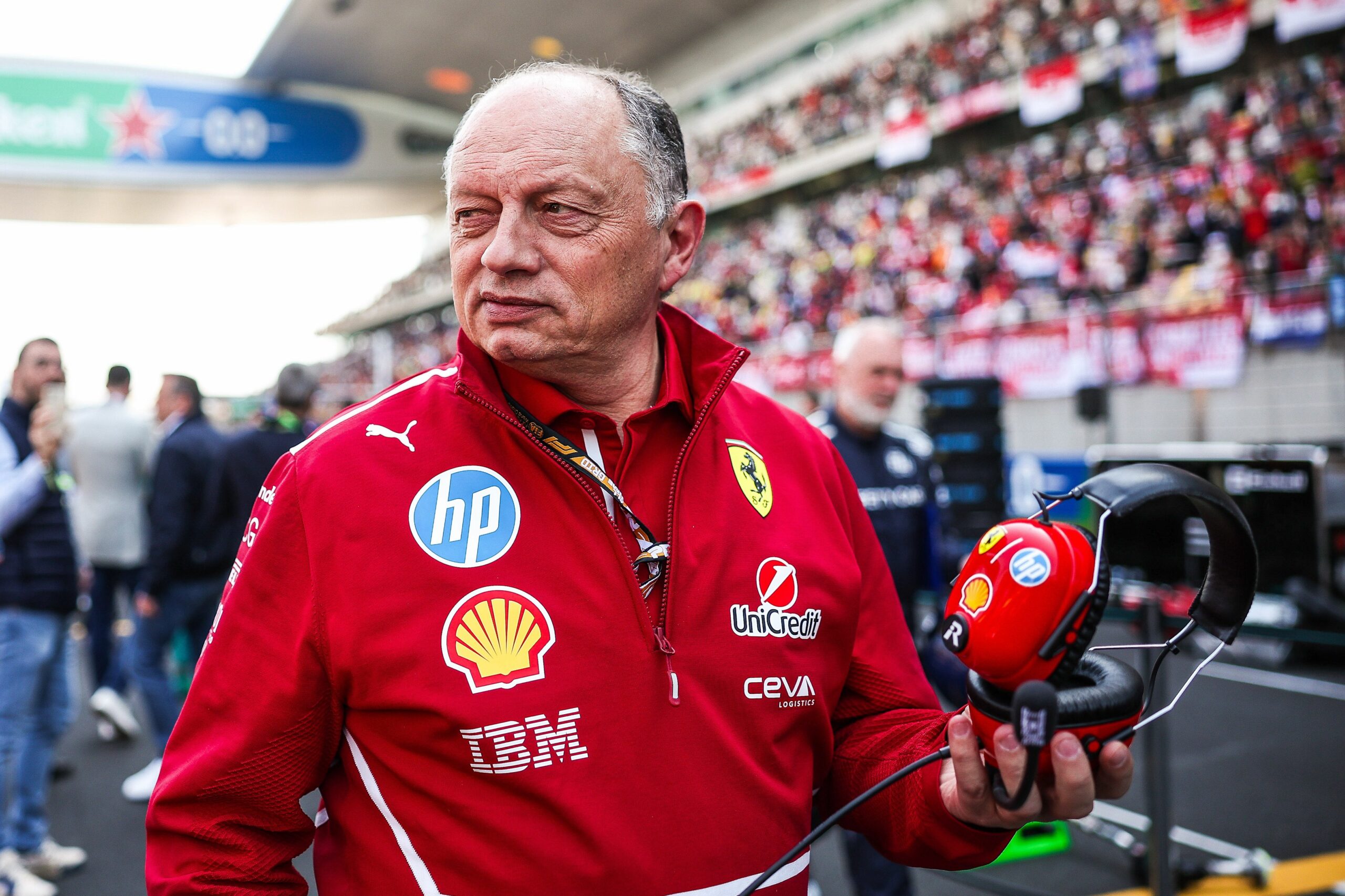Williams’ Japanese Grand Prix weekend got off to a difficult start as Logan Sargeant suffered a heavy crash in FP1.
Sargeant ran onto the grass, spun and hit the barriers at Turn 7, triggering a red flag halfway through the session in what was the second consecutive FP1 crash for a Williams driver this season. Sargeant was forced to miss most of the on-track action in Melbourne after Alex Albon’s heavy crash caused serious damage to the chassis. As the team hadn’t managed to deliver a spare chassis in time for the third round of the championship, team principal James Vowles made the call to have Albon run in Sargeant’s car for qualifying and the race.
Earlier this week Williams confirmed Sargeant would be using Albon’s repaired chassis for Suzuka as the team is still light on parts.
The impact caused extensive damage to the front suspension, gearbox and nose of Sargeant’s car, though luckily the chassis was undamaged this time around.
Sargeant was unable to participate in the second practice session due the ongoing repairs, although given running was limited due to rainy conditions, it wasn’t a significant loss.
He shouldered the blame for the accident, saying: “I put the car into place I didn’t realise I was at. It’s a bit of a silly error, to be honest, one that I shouldn’t be making, especially in P1.
“But yeah, fortunately it wasn’t like the mistakes last year, it wasn’t an over-pushing thing, but nevertheless still left the team with some damage. Fortunately, got away better than it could have been.”
Sargeant insisted that his confidence wasn’t shaken after his withdrawal from the race in Australia.
“Definitely wasn’t knocked at all,” he said. “If anything I came into this round after a week off feeling more fresh and ready to go than ever.
“So no confidence lost. I wanted to kick myself a little bit after today, but nothing to do with that, just a visual error that I’ll move forward from tomorrow.”
Vowles agreed, chalking the crash up to a misjudgement on Sargeant’s part.
“What you saw here wasn’t a driver making a mistake because they were pushing to the limits,” he said. “It’s a very different type of mistake, a frustrating one by all accounts, because it wasn’t on the limit of what the car could do.
“There was far more turning potential in it, he just didn’t know where the car was on track, relative to where he expected it to be anyway.
“So I don’t think you’re seeing there the reaction of someone that wasn’t driving in Melbourne, you’re seeing more just a situation that could have appeared at any time.”

